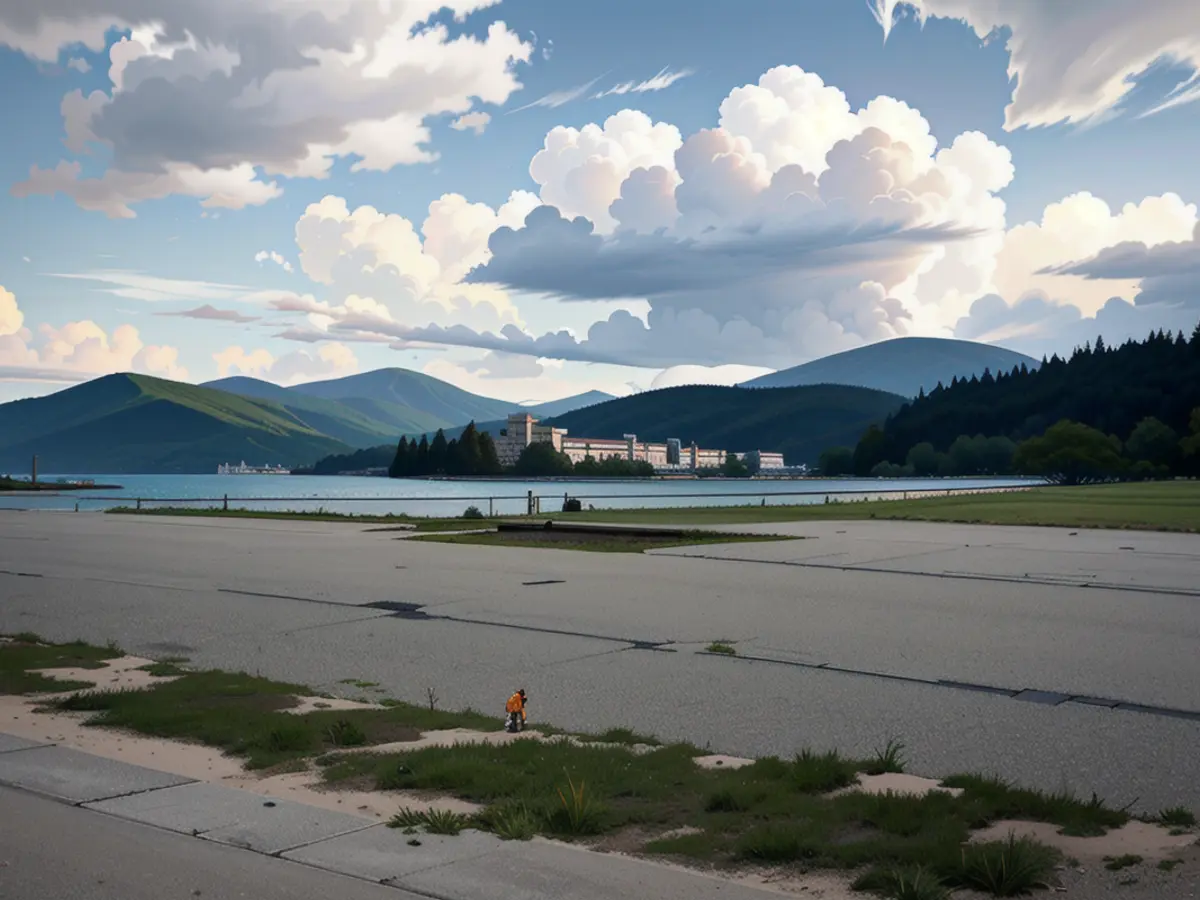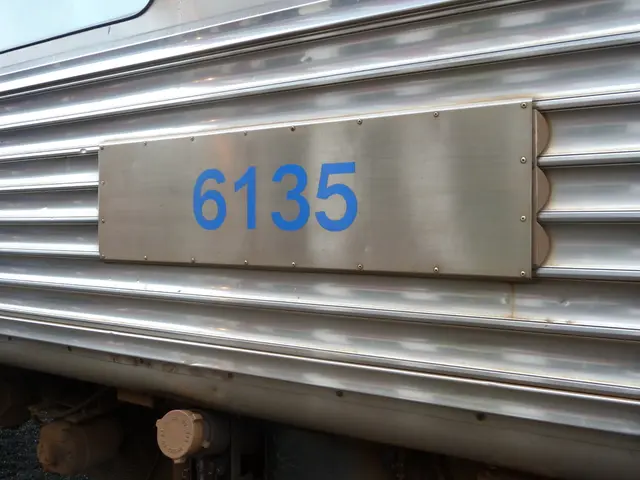Amidst an unforeseen deluge of snow and chilly temperatures, Munich and its rail system found themselves in a tangled web of complications. Commuters and travelers expressing frustration faced delayed or cancelled trains, as Deutsche Bahn (DB) grappled with the severe weather situation. Meanwhile, the roads remained relatively unscathed, with DB attributing the difficulties to an unusual amount of snowfall within a short period, followed by abnormally low temperatures.
The intense weather challenge brought to light several contributing factors that led to the occasional disruptions in rail services. Bernardina F., a DB spokesperson, described the situation as a test of both human and mechanical limitations in such extreme conditions. Additionally, Bavaria's Transport Minister, Christian Bernreiter, shed light on the historical heavy snowfall and quick onset of winter temperatures, which were both unprecedented.
In the heat of the crisis, some critics claimed austerity measures played a significant role in the railways' struggles. Bernreiter acknowledged the cuts to heavy snow-clearing equipment and personnel as having an effect. Heino Seeger, a former managing director of Bayerische Oberlandbahn, echoed these sentiments, highlighting the financial drawbacks of investing in reserves during challenging weather events.
Amidst the chaos, Markus Hecht, Head of the Rail Vehicles Department at the Technical University of Berlin, asserted that the events were inevitable given the lack of snow fences along the tracks. Detlev Neuß, Federal Chairman of the passenger association Pro Bahn, took a more proactive stance, stressing the need for climate change adjustments and increased investment to ensure the railways' readiness for future extreme weather conditions.
Looking to the future, the focus shifts to climate adaptation and increased funding to address these concerns. The German Federal Government and the railways must work together to improve winter preparedness, as the prospect of less snowfall being overshadowed by more severe weather events becomes increasingly probable.
As the situation unfolded, DB sprang into action, utilizing 13 snow-clearing vehicles across Bavaria to cover an expansive 9,800 kilometers of track. New reinforcements, such as large snow blowers, were transported from Hesse and Baden-Württemberg to bolster the snow-clearing efforts, ensuring that the team could handle the immense task at hand.
Switzerland and Austria's exceptional handling of winter conditions caught the attention of German rail experts, who cited the other countries' extensive winter preparation as the driving force behind their success. According to Markus Neuß, the key to Winter damage minimization lies in the use of specialized train equipment, dedicated snow-clearing vehicles, and a proactive approach to the maintenance of railways and infrastructure.
In hindsight, Heino Seeger shared memories of past experiences with Bayerische Oberlandbahn and Bayerische Regiobahn, highlighting how the company had previously tackled snowfall with a sense of determination – proactively clearing tracks and maintaining snow-free zones even during high personnel costs.
As scrutiny of the disrupted services grew, calls for an investigation into the incident were made. Bavaria's state government announced plans for a thorough examination of the situation, while Bayerische Eisenbahngesellschaft BEG (responsible for ordering regional transport in Bavaria) urged all parties to engage in a critical self-evaluation and propose improvements for future winter challenges.
Resources:
- "The Impact of Climate Change on European Railways," ([EN] European Parliament Research Service, 2019)
- "Winterizing Railways Infrastructure: A Promising Approach to Enhancing Climate Resilience," ([EN] University of West Bohemia, 2020)
- "Investing in Climate Resilient Railways," ([EN] International Union of Railways, 2019)
Enrichment Data:
To better cope with extreme weather conditions, particularly heavy snowfall, German railways can adopt several measures to minimize service disruptions:
- Implement advanced weather monitoring systems, such as using optical fiber sensing technology to detect ice accumulation and wind direction, to predict and prepare for weather events.
- Maximize operational efficiency through dynamic line ratings, ensuring existing infrastructure is used to its fullest potential, eliminating the need for costly upgrades.
- Adopt a Major Cold Weather Plan, which includes deploying additional staff to clear ice and snow from tracks during extreme weather events, and providing staff with training on handling such conditions.
- Invest in technologies like advanced sensors and monitoring systems that can provide real-time data on track conditions, facilitating more efficient maintenance and operation.
- Collaborate closely with weather services to obtain timely updates on weather conditions, enabling more effective preparation and response.
- Pursue infrastructure reinforcement through winterization of rail infrastructure and the regular inspection and maintenance of critical components like bridges and overhead lines.
- Establish backup power sources, such as battery-powered emergency lighting, to ensure vital operations continue during power outages.
By implementing these measures, German railways can significantly reduce the likelihood and impact of service disruptions during extreme weather conditions like heavy snowfall.








